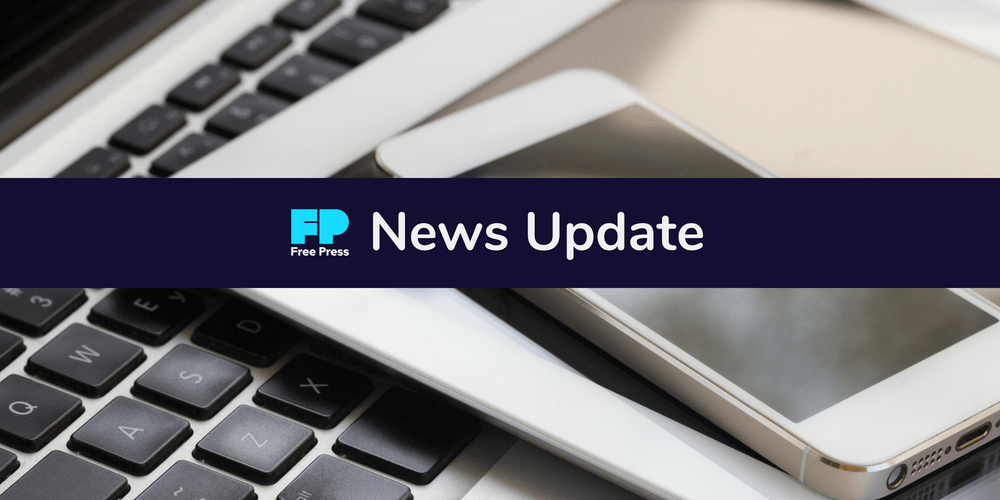Free Press Rebuts USTelecom's Latest Flawed and Misleading Claims on Broadband Prices

WASHINGTON — On Thursday, telecom-industry lobbying group USTelecom put out a 2021 “update” to its Broadband Pricing Index Report. The update relies on the same methodologies and misleading tactics prior versions of this same report used.
Earlier this month, Free Press published a comprehensive report on the steeper prices people are actually paying for high-speed internet. The report also takes account of the broadband industry’s increased revenues and decreased investments in this essential service during the peak user demand spurred by the pandemic.
Free Press Research Director S. Derek Turner made the following statement:
“Today’s USTelecom update is just more of the same grossly misleading and inaccurate analysis of broadband prices first seen in a prior report released last year. This new report, like the earlier versions, falsely asserts that the broadband prices internet users pay are declining. They are not, as can be seen from broadband providers’ statements to the Securities and Exchange Commission, as well as other survey data.
“USTelecom describes its misleading index as an actual price with a dollar figure, even though its methodology produces a result that is completely divorced from the actual prices people pay. USTelecom’s methodology is unnecessarily complex, and hides the reality anyone can learn from looking at ISPs’ annual reports. Those reports show companies’ average residential revenues per broadband customer — the average, actual price customers are charged — rising at more than twice the rate of inflation, with a sharp increase during the first quarter of 2021.
“For example, Comcast’s residential-broadband customers paid $53.71 per month on average in 2016 and $65.90 as of the first quarter of 2021. Charter’s residential-broadband customers paid $50.64 per month on average in 2016 and $61.97 per month as of the first quarter of 2021.
“Ignoring this reality, USTelecom’s analysis grossly manipulates FCC data on standalone non-promotional advertised rates, which are not the same as the price customers are actually charged. In fact, many customers still buy internet access in a bundle with cable-TV and phone services. And ISPs’ published prices are bewildering, but don’t typically reflect the even more confusing maze of promotional prices, extra fees and ballooning post-promotional rates that people pay out of pocket every month.
“USTelecom further manipulates the FCC data it uses to construct this phony price index. The group does so by first applying the wrong weights to the data instead of the FCC-supplied weights for all broadband offerings and technologies available in a particular location. The lobby then badly misleads by comparing the change in advertised price for a particular speed tier in 2015 to a similar speed tier today. This is a very misleading quality adjustment that in no way reflects what customers are actually paying for their service each month — and essentially compares what was a high-end speed tier six years ago to what is an increasingly expensive basic tier today.
“We encourage reporters and policymakers to look at the publicly available filings from ISPs that disclose the actual prices their broadband customers are paying. Or people can compare what they were paying in 2015 to what they’re forced to shell out now. USTelecom’s manipulative efforts can’t distort the reality that so many of us know all too well.”